I know a lot of people want their Fieros to be stock, and I see a lot of beauty in that, but me personally… I’m somewhere in the middle. I appreciate the stock aesthetic but I am very much spoiled on modern technology and fancy features. That being said, even before I bought my current Fiero (that my son named DeathPunch) I knew I would have to have some of the modern tech I take for granted in my daily driver. Among those bits of tech, the first on my to-do list was a backup camera and a new head unit stereo with CarPlay. (Side note.. car play and android auto are freaking amazing. If you don’t have em or know what they are.. look it up.).
(Obligitory pic of my Fiero for context)

I knew this would be a challenge considering the Fiero’s silly ass 1.5 din stereo size and the fact that I’m pretty sure back up cameras weren’t even invented in the 80s (quick google search tells me they didn’t become mass production items until the 1991 Toyota Soarer.. interesting).
As with any project it was time to decide on a few major goals. 1. I wanted everything to look like it ‘belonged’ in a Fiero. Meaning that, while I knew I’d have to fabricate and modify, I did not want to go the way of making the dash look like something from 2019, but rather still have the unique Fiero interior.. So I’d have to keep the majority of the interior, and the camera would have to be mostly hidden.
Research began and as a wise man once said.. Good artist create, great artist steal. So to google I went to see if this sort of thing had been done before and how they accomplished it. I knew I couldn’t possibly be the first person to want to do a project like this. As I researched more and more, I wasn’t not super happy with the solutions I found as most had simply cut out the bottom 1.5 din area to accommodate for a lager stereo. Even this solution ran into trouble because it conflicts with the HVAC controls. Additionally, with the radio I had chosen being a touch screen, having it that low on the dash becomes problematic in itself. So at this point I made a couple of decisions. 1) I will have to move the HVAC to the bottom and 2) I would have to recreate the faceplate to make it look like it belonged. I also ran across a project where the owner had rebuild the interior portion of the center console in MDF, solving a heck of a lot of technical issues. This idea stuck in the back of my head.
I took some time further to decide on the exact head unit I would go with and came across the Poineer 4400 NEX. I cannot recommend this head unit enough. It Is a total badass. One of the primary features I wanted was apple CarPlay, and this unit has a wireless version of it, so when you turn on the car it automatically syncs with your phone. Unfortunately only a few stereos currently offer this feature, which is why I settled specifically on the 4400nex. There is a newer version of it as well which means the 4400 is cheaper, but even then it still goes for almost 500$. I also went with a $30 back up camera kit I found on Amazon.
A few days later the mail comes in and it is time to start construction.
I started by pulling the entire center console. As I did this I found that the inside plastic had shattered and crumbled over the years. Additionally the previous owner had installed a single din radio and made some other modifications. To accomplish what I wanted, I ripped most of this stuff out leaving nothing but the vinyl surround of the original equipment. The plastic innards are actually rather long and go up the entire middle of the car. Most of this I wanted left alone (such as the area near from about the gear shift back. So I took a Dremel and cut the plastic off just slightly in front of the Gear shift area

Next I took he old plastic housing and recreated it with a mixture of quarter inch and half inch pine scraps I happened to have in the garage from a project for my son’s Cub Scout pack earlier in the year. I knew I’d have to modify this later when I tried to get the fit right for everything, so I used a combination of cheap angle brackets and various nuts and bolts so I could move everything around as needed.

In the mean time I took the original faceplate to a buddy of mine who is better at woodworking then I am to create a new faceplate.

It was around this time that I went ahead and installed the actual back up camera. I don’t have any pictures of this one because it was so quick and I forgot to take pictures of the process.. So just a few things to note. Most aftermarket cameras operate off of the power from he backup lights. My 85gt has the fastback from an 86, but I am pretty sure the install would be the same on a notchie. I removed the left tail light assembly, and had to cut the power and ground to the back up light. (It is the third from the right btw). Additionally there is a power wire on the video RCA cable that needs to be tied into the light power. This sends a signal to the radio to switch to back up camera for display. There are holes in the area where the headlight assembly goes just big enough to feed wire through down near where the license plate goes. This is where I ran the feed to the camera. A smiler hole is available to run up through the trunk area. I hooked all of this up and ran the video RCA wire up the left side near the air intake and to the firewall in front of the motor. At this point I did have to do a bit of drilling to get the RCA through the firewall, so I chose right between where the two wiring groups come into the car near the ECM. I filled the hole with some spare EVA foam and ran the rest of the way up the center console tot he back of the radio. A few testing and some camera adjusting later and I now have a work ing back up camera!.
Now that the camera worked, the next step was to work on the housing for the the head unit and how it would fit in relation to everything else. I had created my initial wood box replacement, but it needed supports for the radio. Some measuring and adjustments later and I built the housing box.

Just a side note on fitment… this is one of the main reasons that this sort of project can be such a pain. These cars are 30+ years old. Plastic warps over the years, vinyl changes.. stuff just doesn’t fit together like it used to. Add some creative redneck engineering into the mix over the years and you are now faced with some really interesting engineering problems. Anyway…. So the next step was to get a template for the holes on my faceplate.
The cardboard from a pizza box lid was the perfect solution for a template. It took me some time playing around with it to get it just right. Additionally because the faceplate of the new head unit is motorize and removable, I had to take it off to get my measurements right.

I took my cardboard template and applied it to the wood faceplate and cut everything out. I then put it in the car to check fit

Next problem… Vents. This one was a tough one because it required me to sacrifice the old faceplate. I wish I knew another way, but to keep it looking right, I simply used the Dremel to cut out the old vents and planned to epoxy them to the wood faceplate.
(Picture coming soon).
Next problem.. Making it look like the rest of the panels. Fieros come in two major styles, the matrix look found in 88s and the brushed aluminum found in the others. The closest match I could find for this, I found on amazon. A company called VVivid makes car vinyl wrap that looked simple enough to use. They say you can use this stuff without a heat gun, but I have no idea how. It stretches and places so much easier when you use a heat gun. Also, youtube is your friend when using this stuff. Tons of videos out there on how too. I completed the vinyl job and then used epoxy to fix the vents onto the new faceplate.
(Picture coming soon)
This is where I am now. I still need to reinforce the screw holes on the faceplate so it won’t break when I put it into the car and I am TRYING to find some screws that look similar to the Fiero dash torx screws.
[This message has been edited by justin87 (edited 07-08-2019).]
























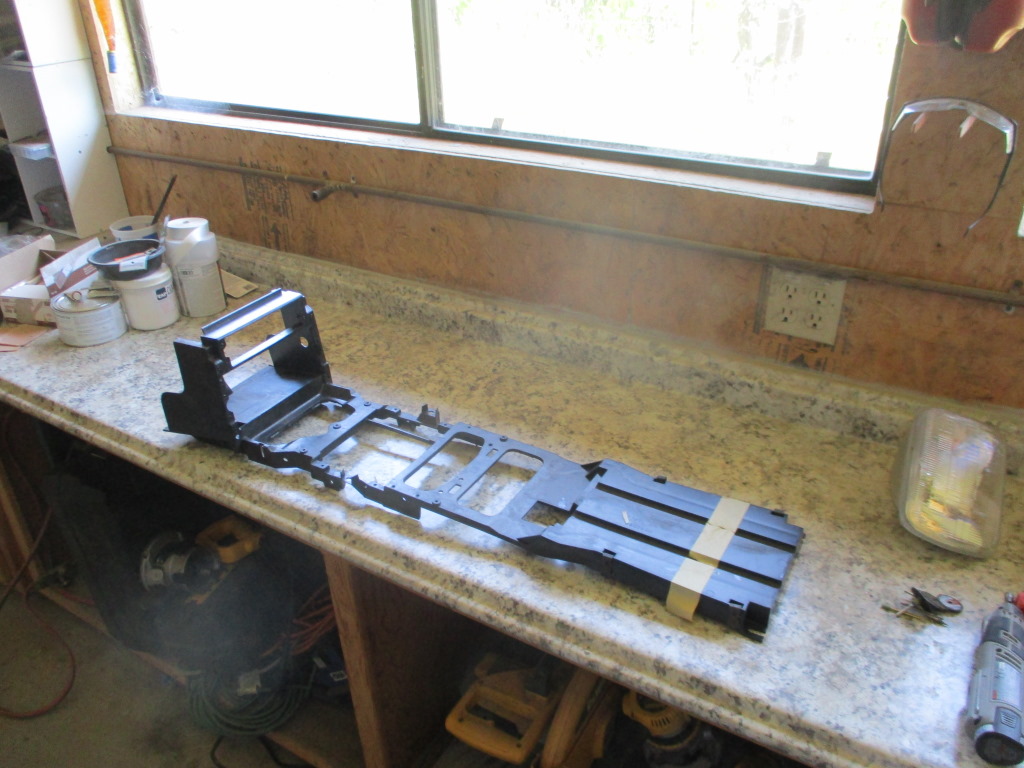
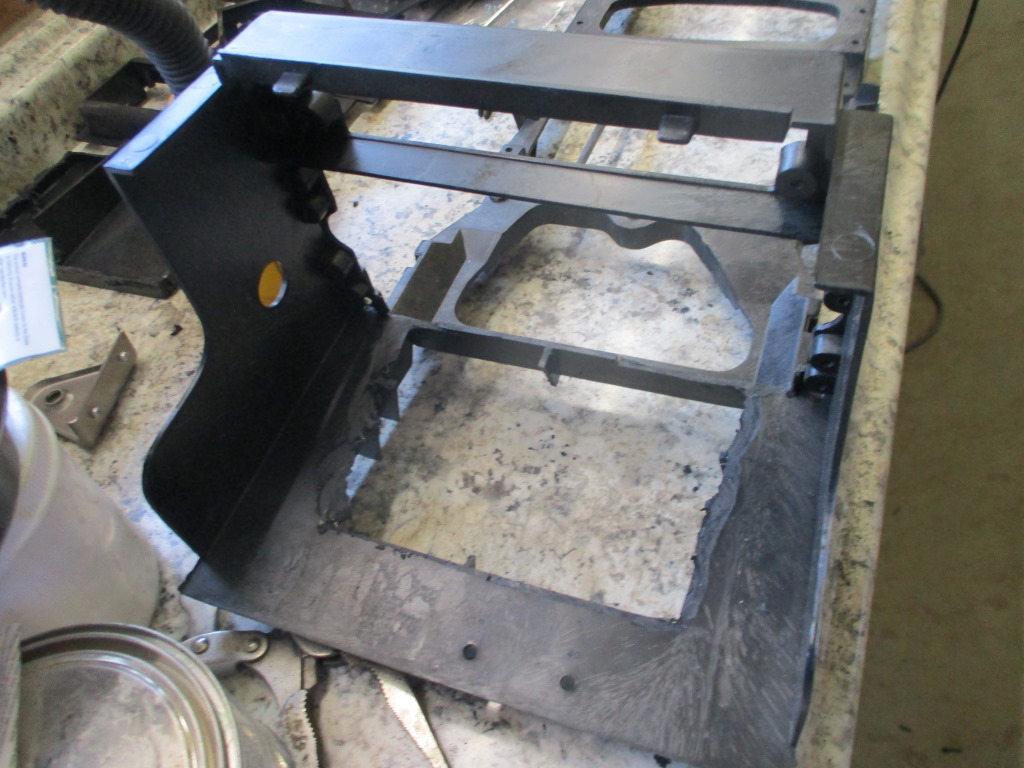
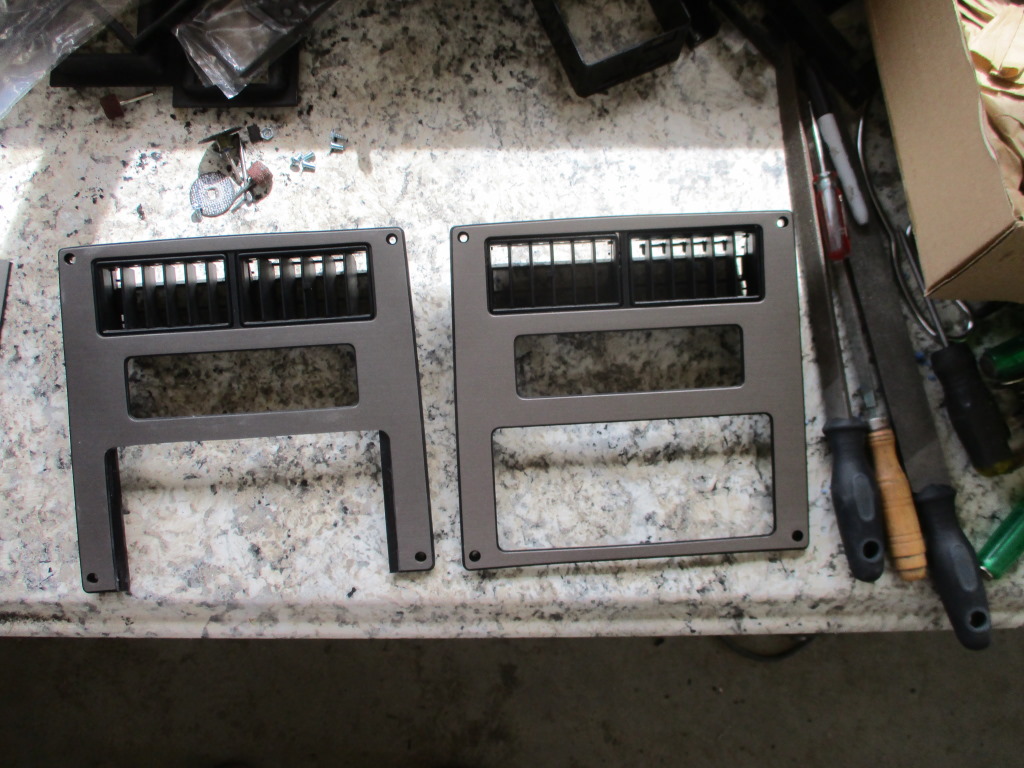
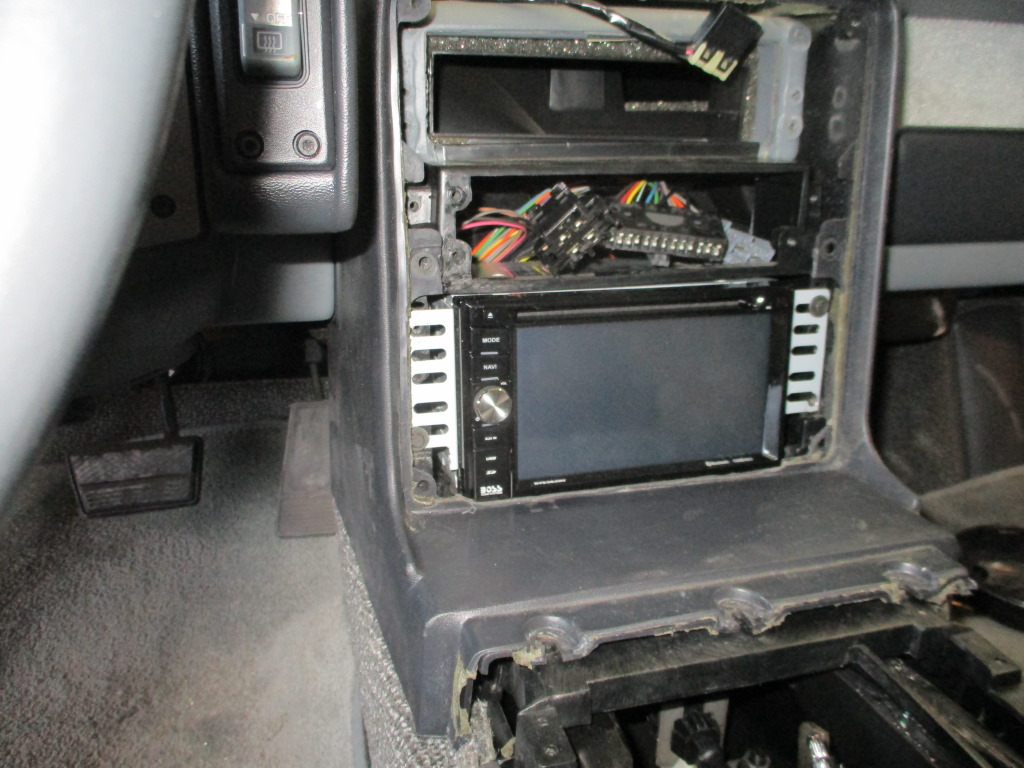
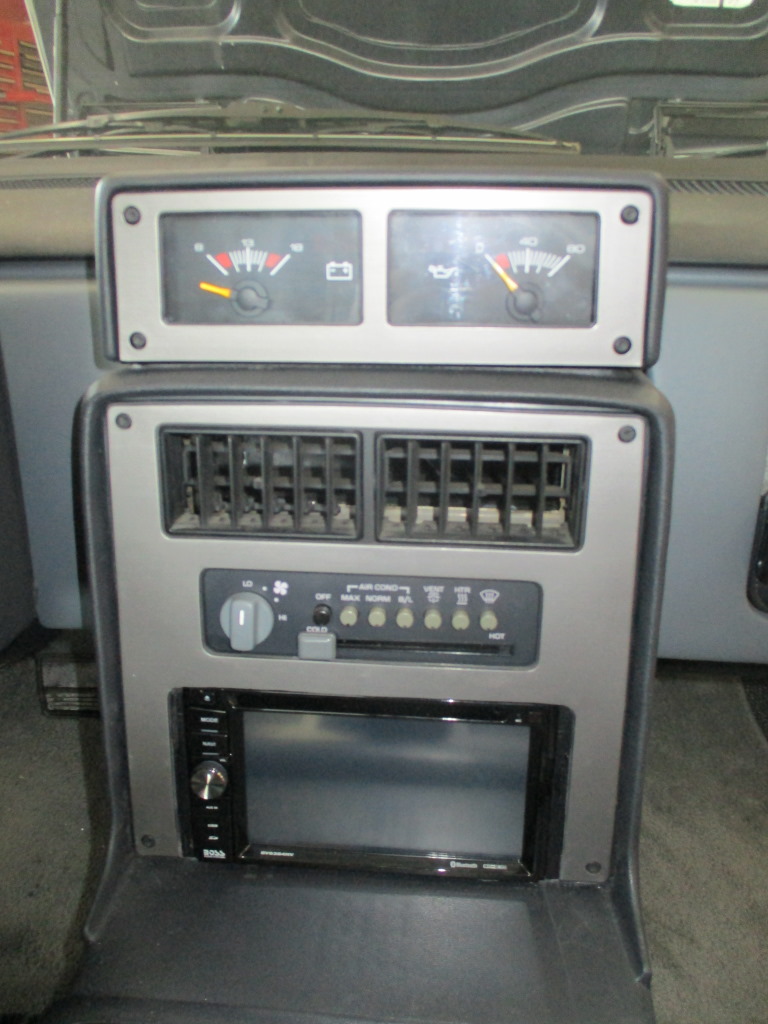

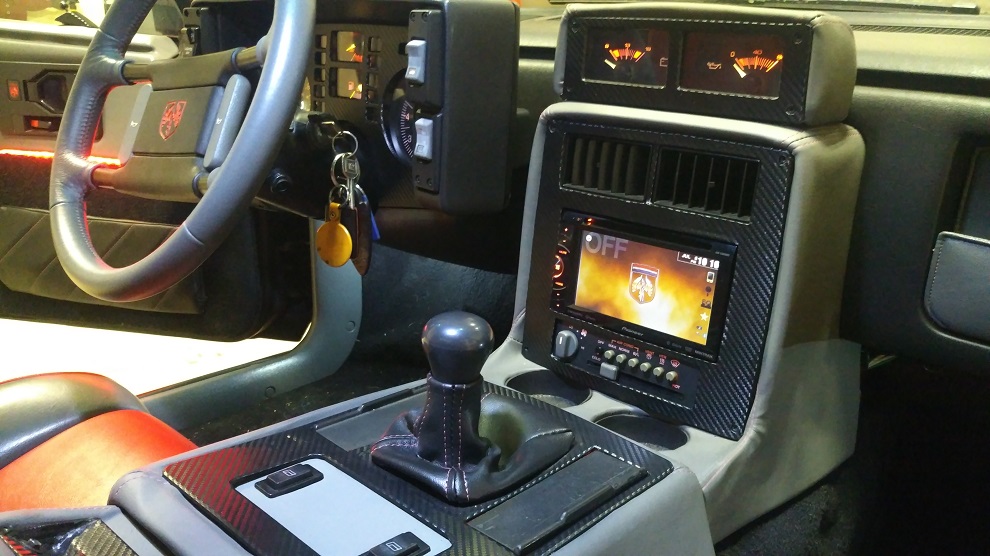
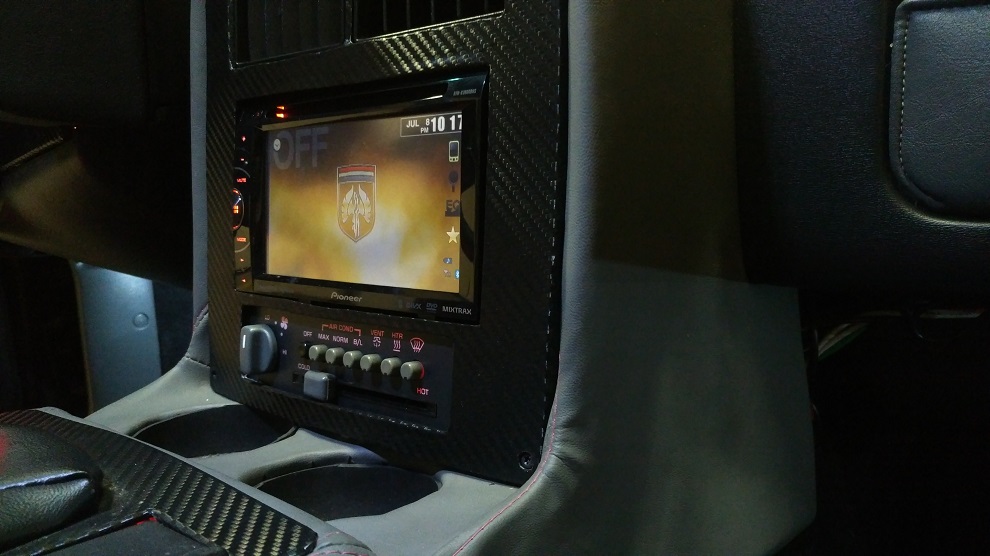

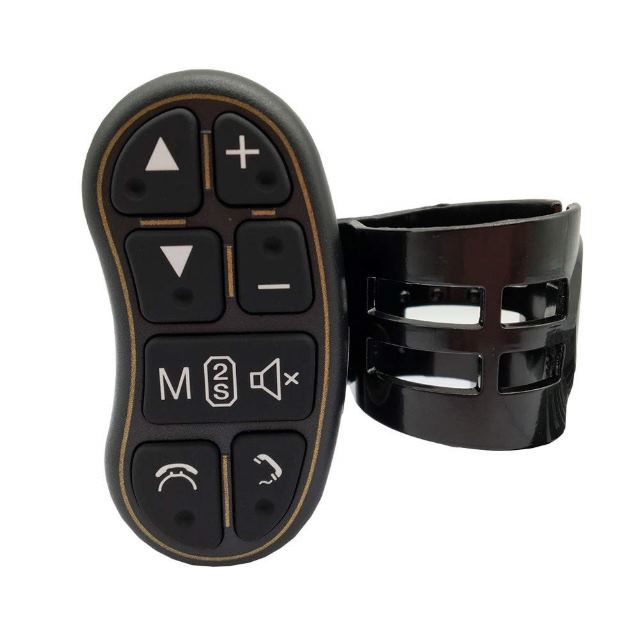

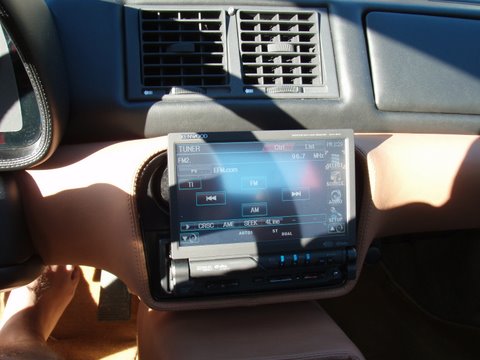
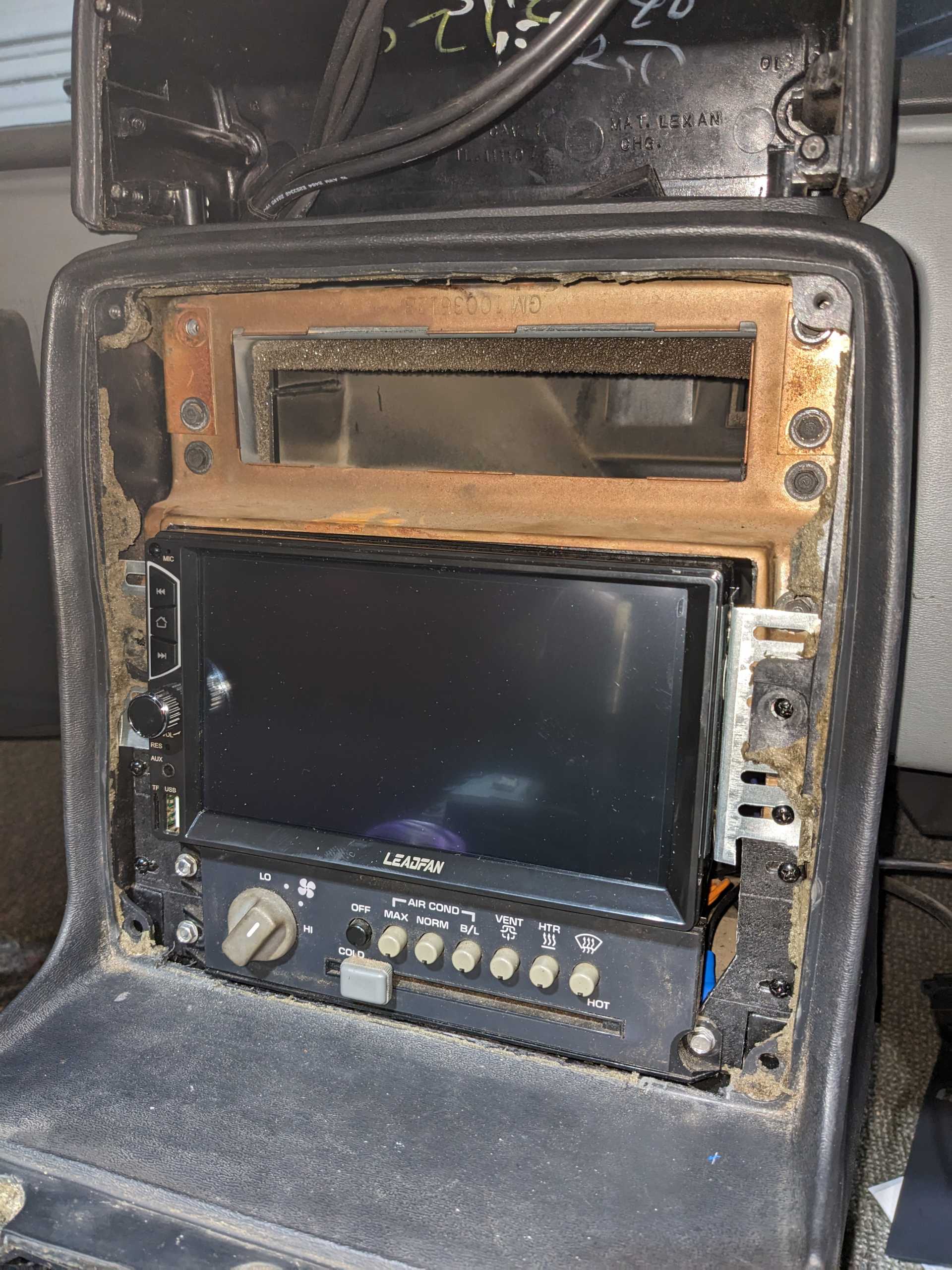
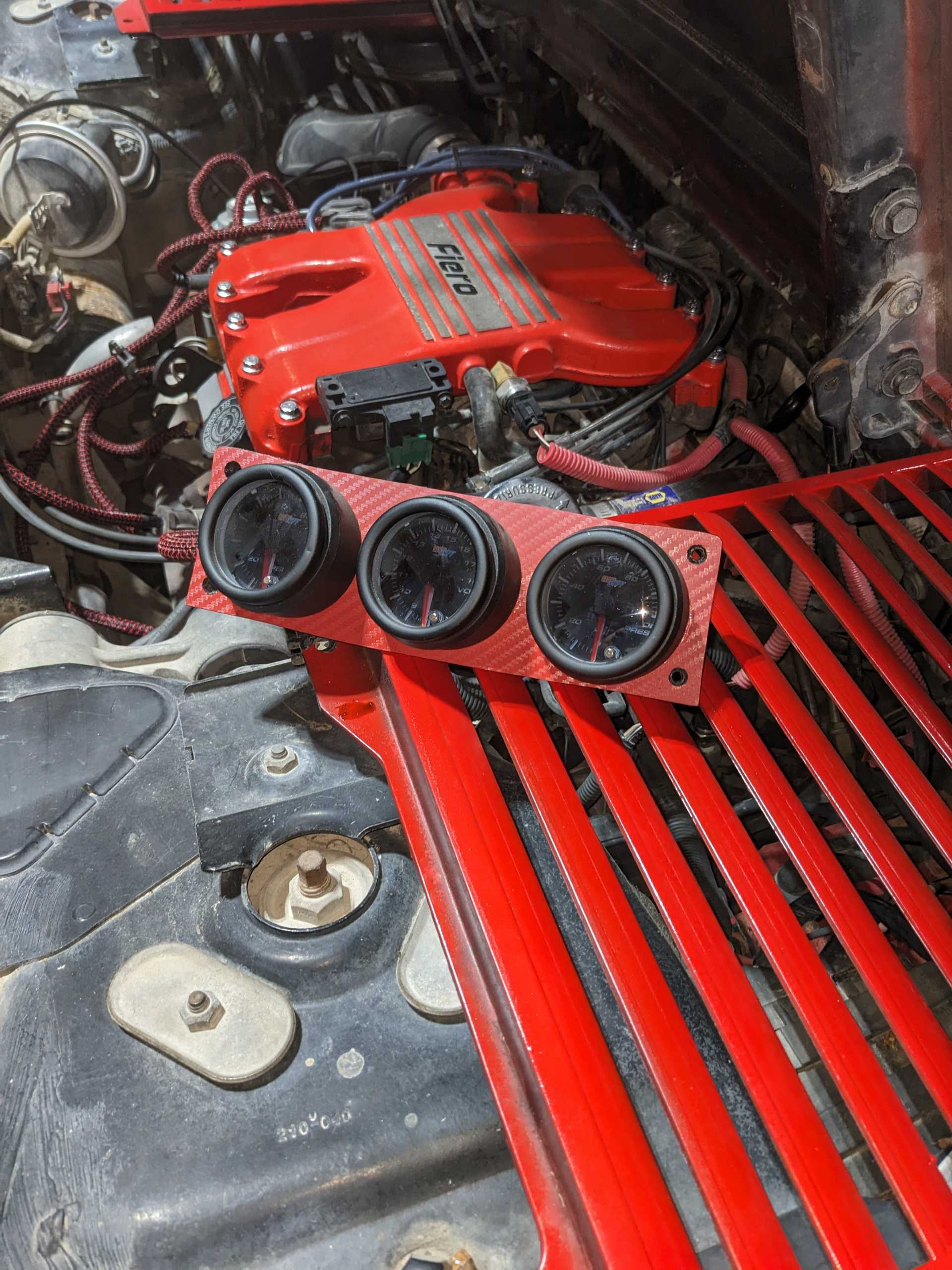 I decided to make me faceplate out of acrilic along with a new rally gauge plate as me first one was 3d printed out of PLA and it can't take the heat inside the car in the summer when parked.
I decided to make me faceplate out of acrilic along with a new rally gauge plate as me first one was 3d printed out of PLA and it can't take the heat inside the car in the summer when parked. 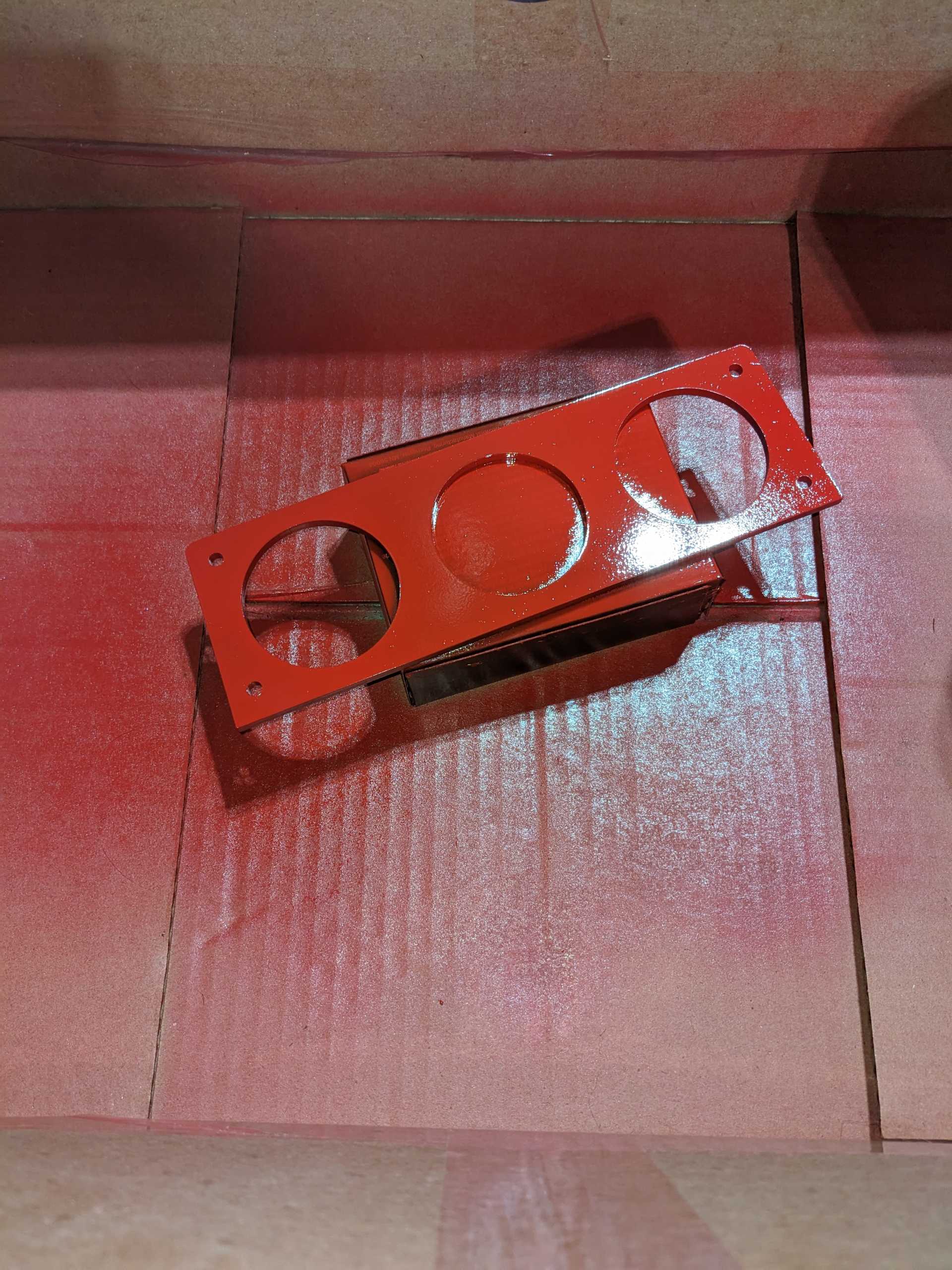 I wanted to back light the faceplate to light up some engraved logos in it. I did have to modify the center console skeleton to accommodate the a/c controls.
I wanted to back light the faceplate to light up some engraved logos in it. I did have to modify the center console skeleton to accommodate the a/c controls. 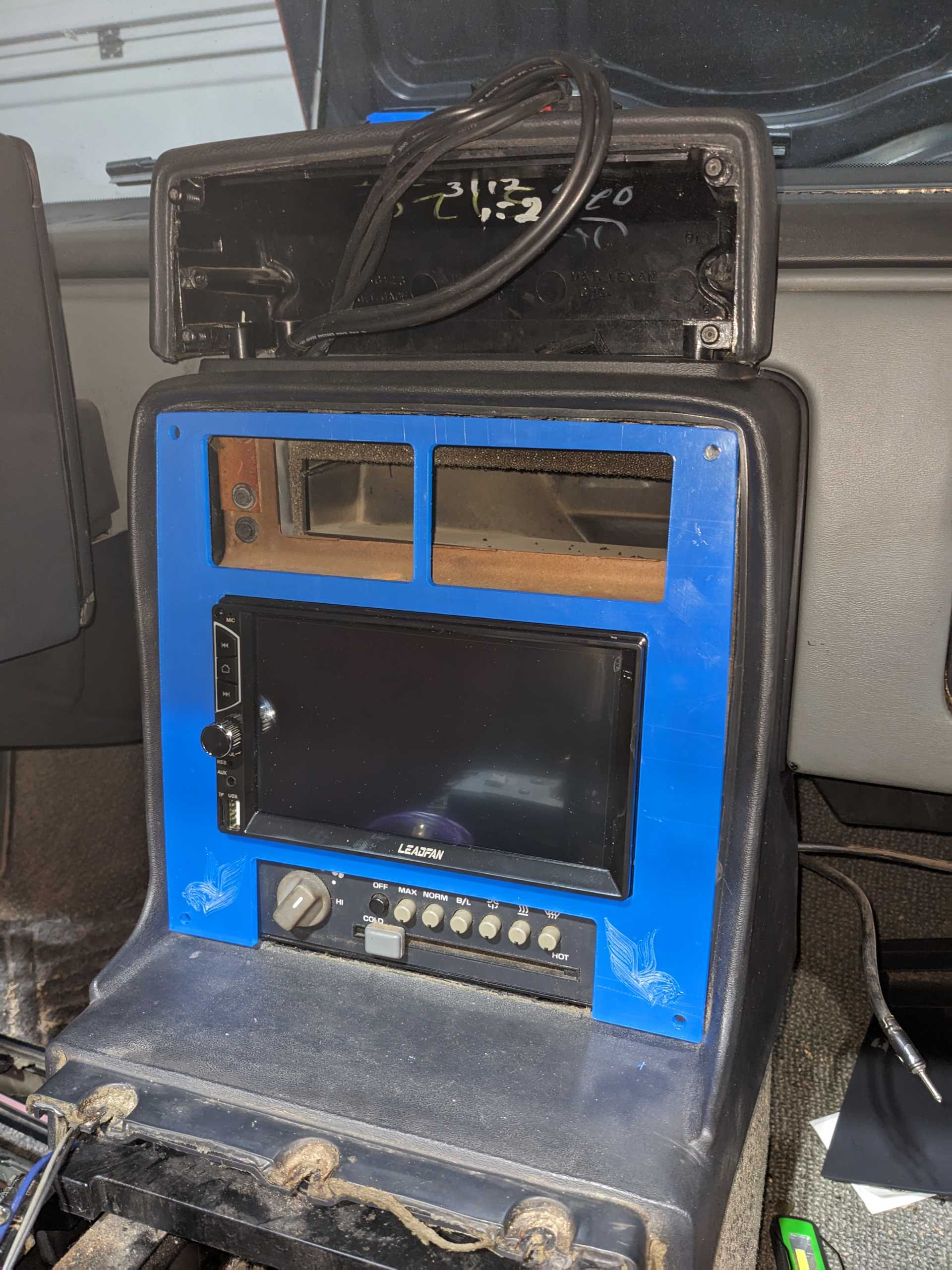
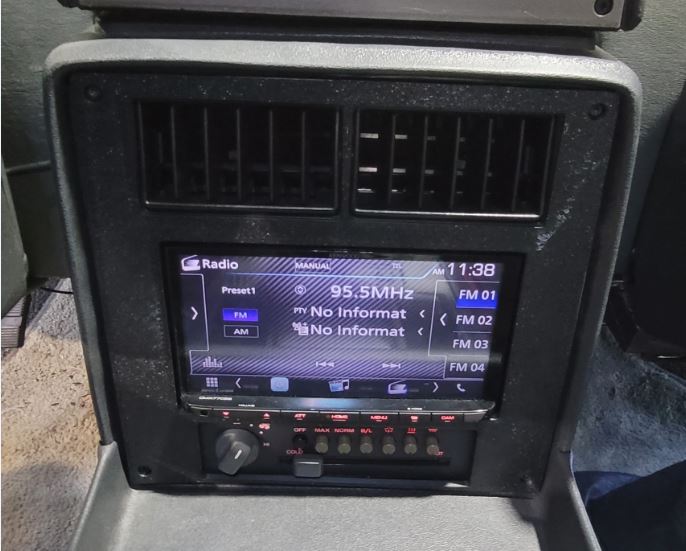
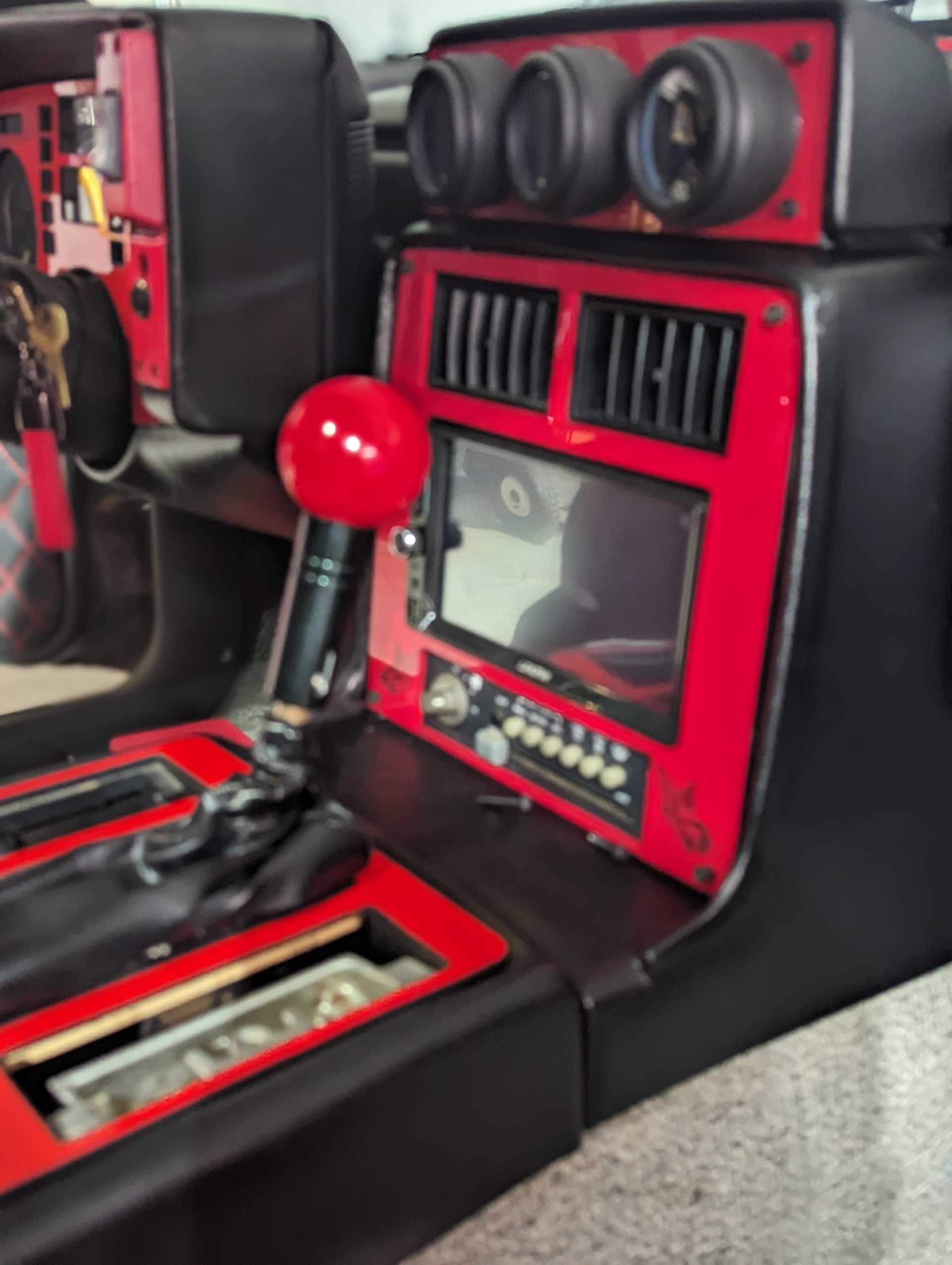
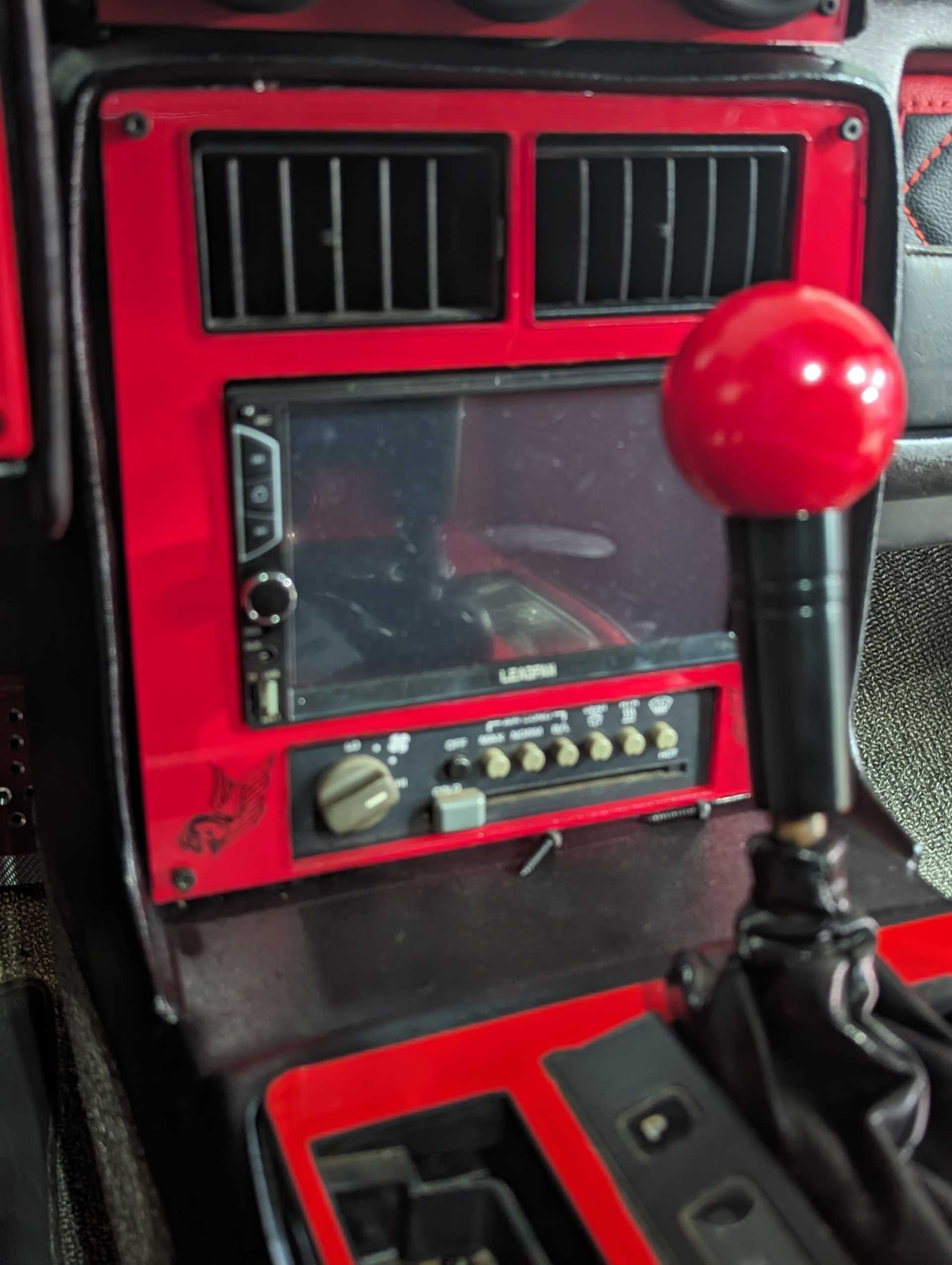 and that snowballed into my 1st stage of redoing the interior of the car. I am going with a black and red color scheme
and that snowballed into my 1st stage of redoing the interior of the car. I am going with a black and red color scheme 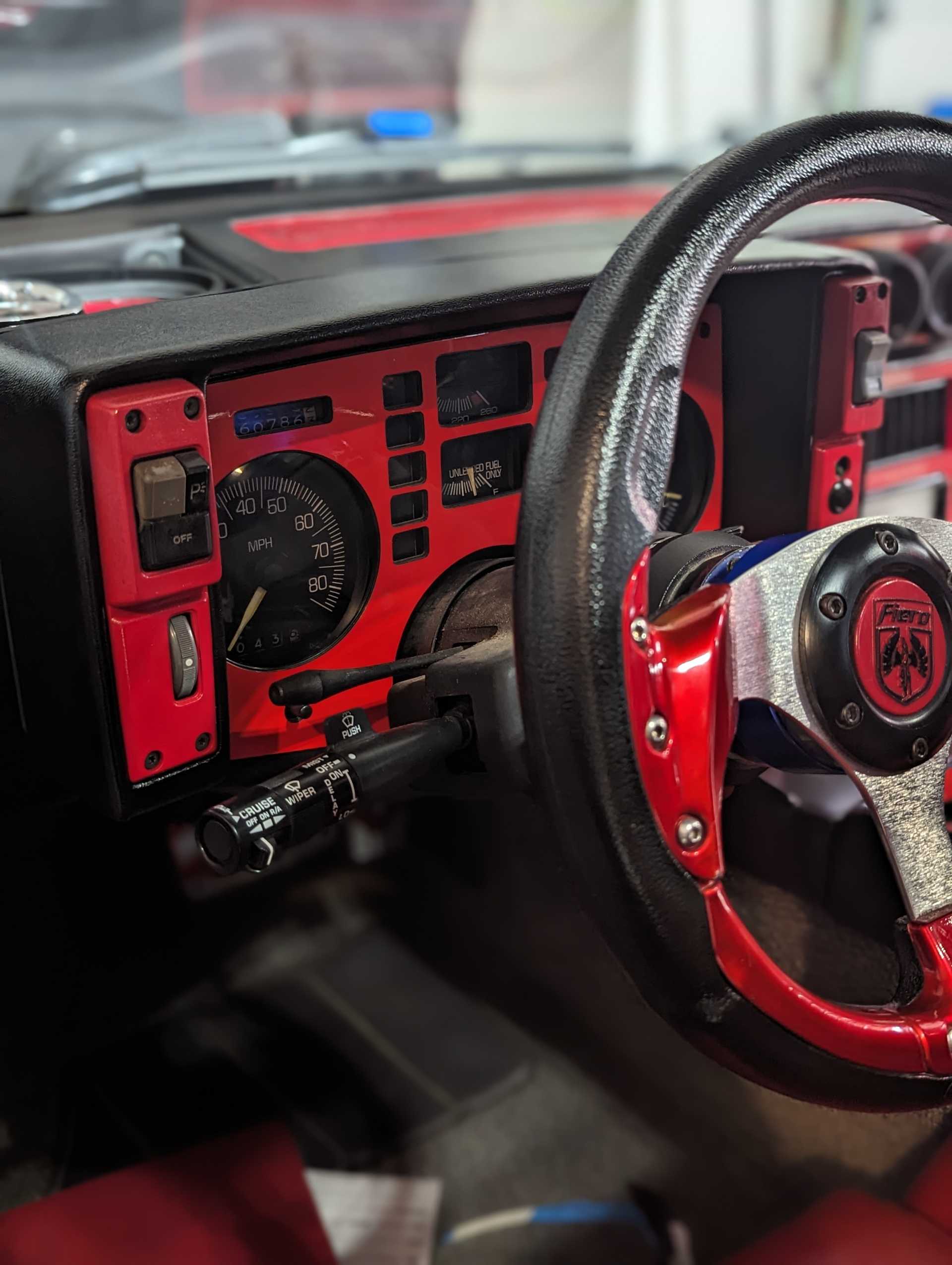 vinal rap on the gauge cluster and around the shifter
vinal rap on the gauge cluster and around the shifter 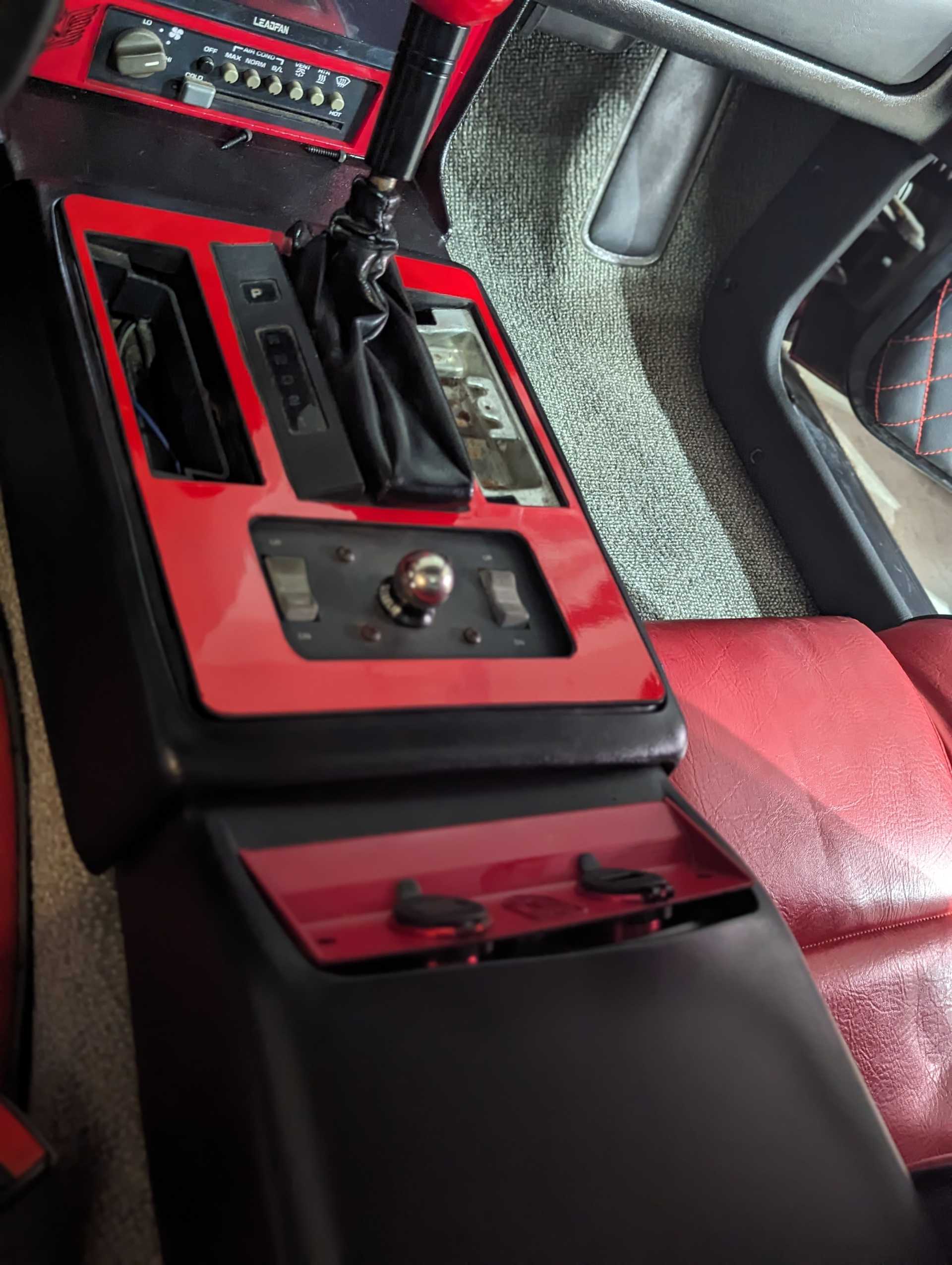 3d printed cigarette lighter bezel for two USB ports.
3d printed cigarette lighter bezel for two USB ports.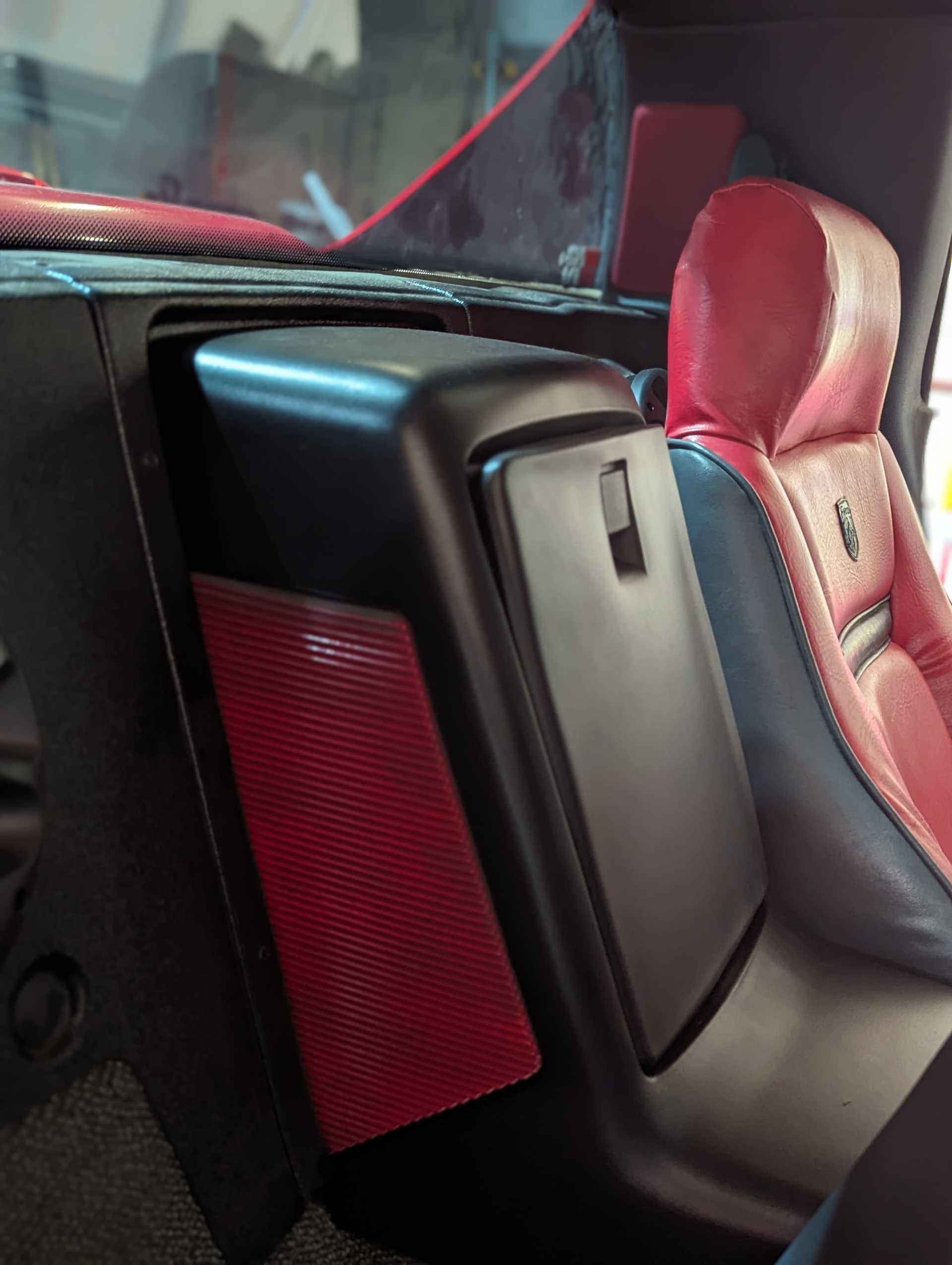 painted the vinal center console black and did red for the vents in it
painted the vinal center console black and did red for the vents in it covered the B and A pillars with vinal
covered the B and A pillars with vinal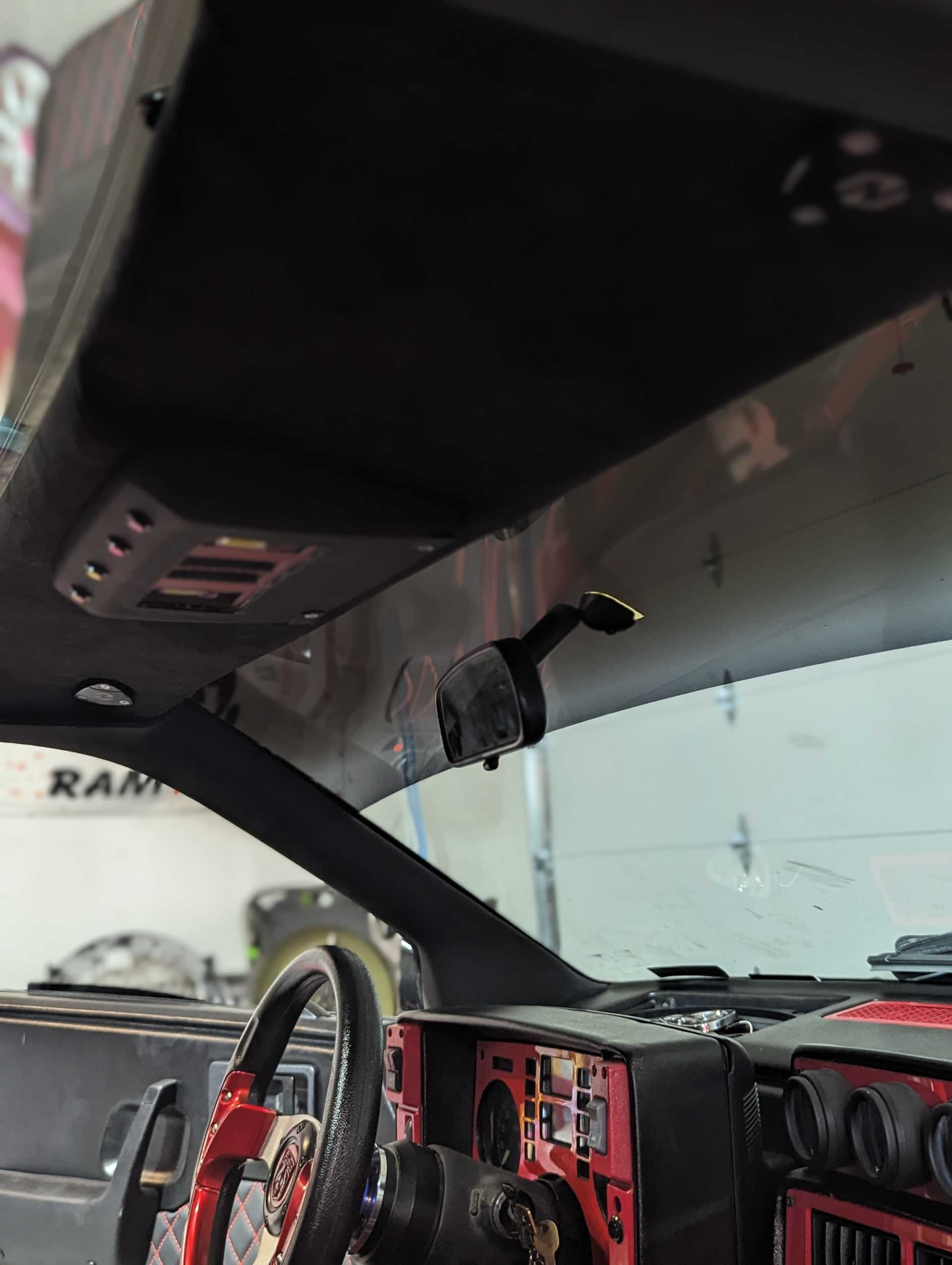 covered the lower door panel with black vinal with red diamond stitching
covered the lower door panel with black vinal with red diamond stitching 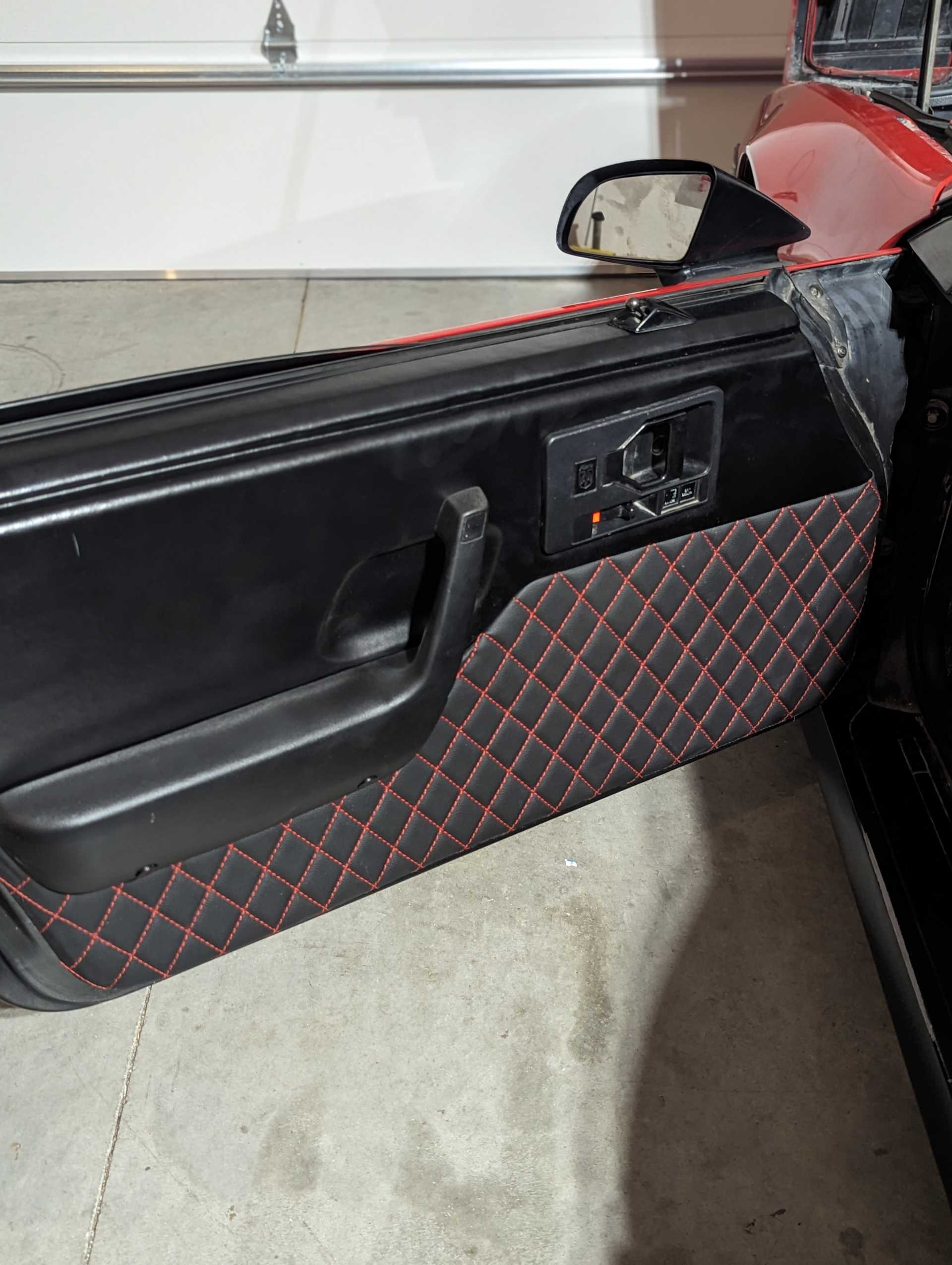 then made a matching map pocket for the dash and hand stitched the OEM fiero logo back on to it
then made a matching map pocket for the dash and hand stitched the OEM fiero logo back on to it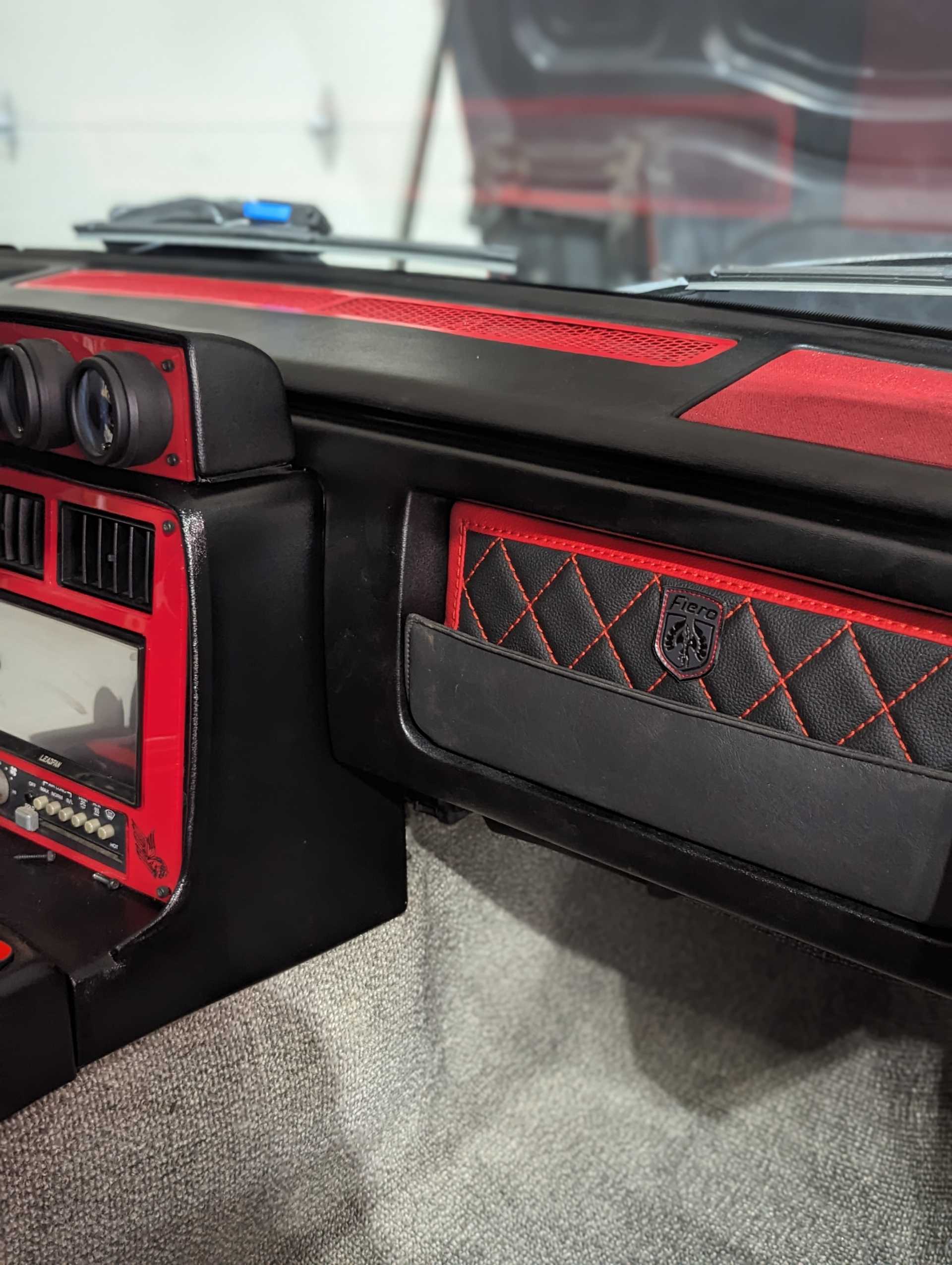 also recovered the headliner in black
also recovered the headliner in black 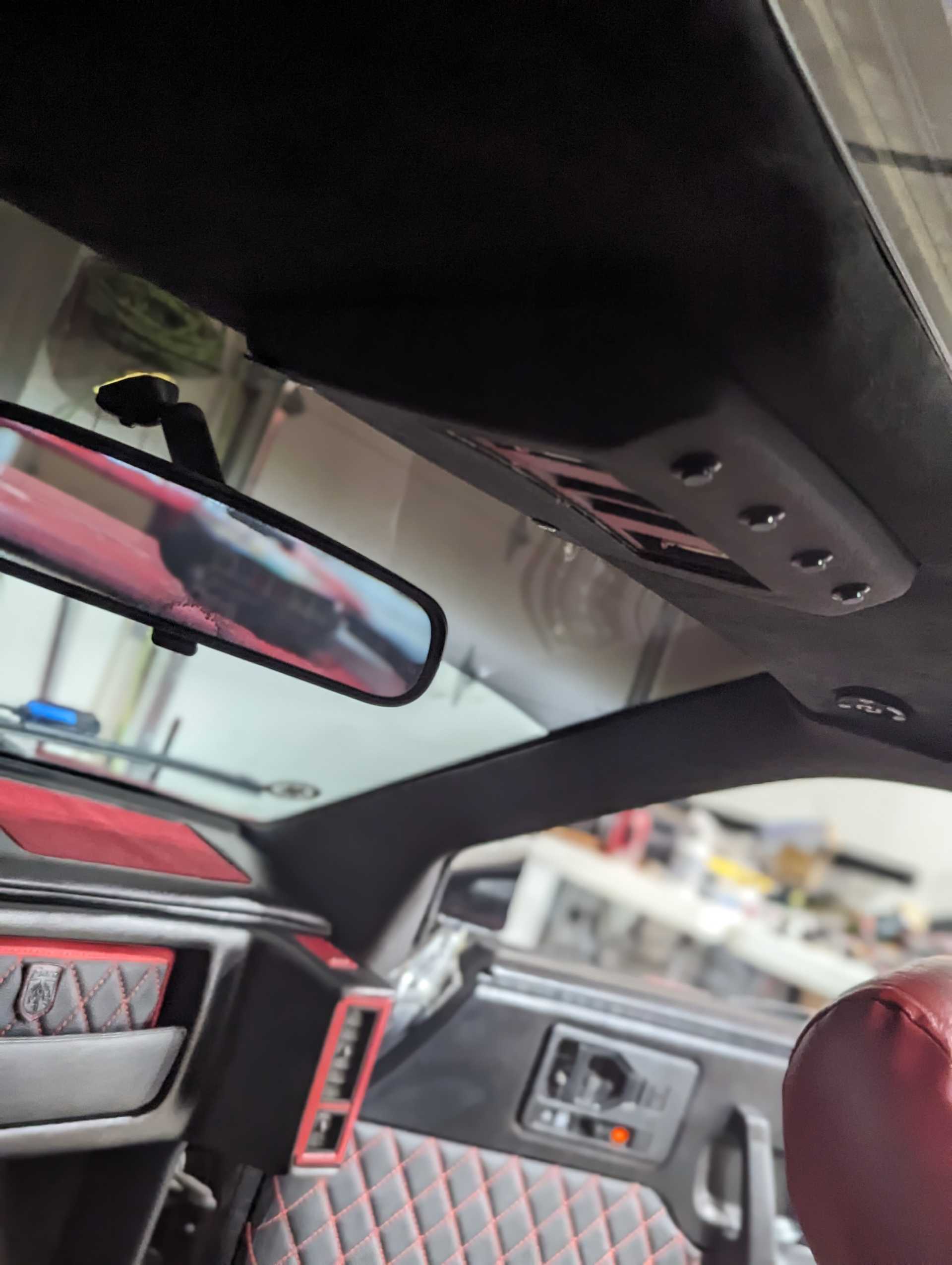 and mercilessly got it all done for the Heartland Fiero show next I am going to cover what got painted with the same vinal used on the pillars that will be this winters project
and mercilessly got it all done for the Heartland Fiero show next I am going to cover what got painted with the same vinal used on the pillars that will be this winters project
